In 2025, data visualization is more than just pretty charts. It’s the language of modern decision-making. Businesses, researchers, and data enthusiasts all rely on visualization tools to turn raw data into insights that drive growth, innovation, and action.
With dozens of new platforms emerging every year, choosing the right tool can feel overwhelming.
That’s why we’ve curated the Top 10 Data Visualization Tools of 2025, ranked by ease of use, integration, features, and scalability from free options to enterprise powerhouses.
1. Tableau
Best For: Business intelligence & storytelling
Why It’s Great: Tableau remains the gold standard for interactive, beautiful dashboards. It integrates with almost any data source and supports drag-and-drop analytics.
Example Use Case: Creating real-time business dashboards for sales, finance, or marketing teams.
Tableau Public is free and perfect for building a data portfolio.
2. Power BI
Best For: Microsoft ecosystem users
Why It’s Great: Power BI offers deep integration with Excel, SQL Server, and Azure. It’s affordable, scalable, and perfect for corporate reporting.
Example Use Case: Automating monthly KPIs and executive dashboards.
3. Google Looker Studio (formerly Data Studio)
Best For: Beginners and Google users
Why It’s Great: Free, cloud-based, and easy to link with Google Analytics, Sheets, and BigQuery.
Example Use Case: Visualizing website traffic or marketing campaigns in real time.
4. Plotly Dash
Best For: Python developers
Why It’s Great: Create stunning, interactive web dashboards entirely in Python.
Example Use Case: Building machine learning model visualizations and analytics apps.
5. Apache Superset
Best For: Open-source data teams
Why It’s Great: Fast, modern, and built by Airbnb. Great for self-hosted analytics dashboards.
Example Use Case: Internal data exploration for engineering or product analytics.
6. Qlik Sense
Best For: Enterprises focused on data discovery
Why It’s Great: Qlik’s associative engine helps uncover hidden insights and trends dynamically.
Example Use Case: Large-scale BI with multiple data sources.
7. Metabase
Best For: Startups and small businesses
Why It’s Great: Free, open-source, and great for non-technical users. Simple setup, beautiful dashboards.
Example Use Case: Tracking user growth and revenue in early-stage startups.
8. D3.js
Best For: Developers who love customization
Why It’s Great: The most flexible visualization library for web-based data storytelling.
Example Use Case: Building interactive data journalism graphics or scientific visualizations.
9. Grafana
Best For: Monitoring & real-time analytics
Why It’s Great: Ideal for DevOps, IoT, and performance tracking with time-series data.
Example Use Case: Visualizing system metrics or server uptime.
10. Zoho Analytics
Best For: Affordable business analytics
Why It’s Great: Combines automation, AI insights, and ease of use — a growing favorite among small businesses.
Example Use Case: Automated business reporting across marketing, finance, and HR.
Upcoming Tools to Watch
- ObservableHQ: Notebook-based data visualization platform built on JavaScript.
- Polars + Streamlit: A modern combo for Python data visualization with speed and simplicity.
- Sigma Computing: Spreadsheet-like BI platform with enterprise-grade scalability.
Comparison Summary
| Tool | Best For | Price | Ease of Use | Cloud/Local |
|---|---|---|---|---|
| Tableau | Enterprises, BI | Expensive | ★★★★☆ | Cloud + Desktop |
| Power BI | Microsoft users | Moderate | ★★★★★ | Cloud + Desktop |
| Looker Studio | Beginners | Free | ★★★★★ | Cloud |
| Plotly Dash | Developers | Free | ★★★☆☆ | Local/Cloud |
| Apache Superset | Open Source Teams | Free | ★★★☆☆ | Self-Hosted |
| Qlik Sense | Enterprises | Expensive | ★★★★☆ | Cloud |
| Metabase | Startups | Free | ★★★★★ | Cloud/Local |
| D3.js | Developers | Free | ★★★☆☆ | Web |
| Grafana | DevOps | Free | ★★★★☆ | Cloud/Local |
| Zoho Analytics | SMEs | Moderate | ★★★★★ | Cloud |
Choosing the right data visualization tool depends on your needs from quick dashboards to enterprise-scale analytics.
If you’re just starting, Google Looker Studio or Power BI are excellent entry points.
For more advanced, customizable visualizations, Plotly Dash or D3.js are ideal.
In 2025, one skill will stay constant: the ability to turn data into clear, actionable stories no matter the tool.

